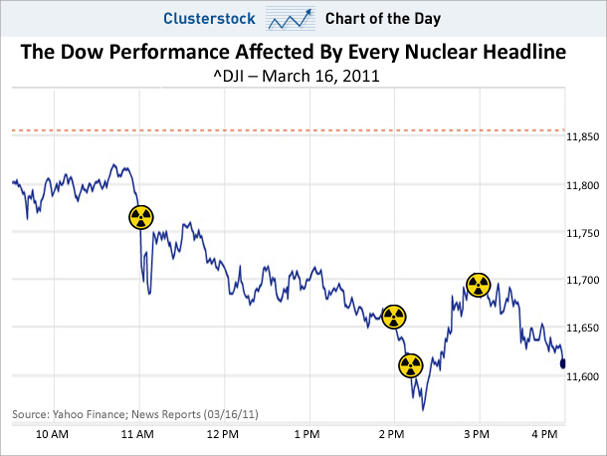It’s as if a trap door has suddenly opened underneath the oil markets.
In the span of just six weeks, West Texas Intermediate (WTI) crude oil prices have tumbled by some 25% to about $56.15 per barrel as of November 13, according to analysis by Bespoke Investment Group.
Let that sink in: As recently as October 3, oil prices were north of $75 per barrel.

Precipitous Slide
Energy traders haven’t seen that kind of collapse in oil prices since the 2015 crash.
From late 2014 until the start of 2016, oil prices plummeted by 75%, but that was over a much longer period of time.
Iran
What gives? In my opinion, a confluence of factors have come together to hit the oil industry.
First off, there’s the renewed US sanctions on Iran, OPEC’s No. 3 oil producer.
In May, the Trump Administration pulled out of a seven-nation deal to curb Iranian nuclear efforts in exchange for sanctions relief.
Now, Washington is readying sanctions aimed at the country’s shipping industry, banks, and ports to convince Tehran to change its aggressive political and military policies in the Middle East.
Correlated Moves
Oil prices and stocks don’t always move in tandem, but they have this time around since US equity markets turned volatile in October.
Then there’s the more bearish global economic outlook, thanks to the US-China trade war, weaker emerging market currencies and rising American interest rates.
That has prompted both OPEC and International Energy Agency (IEA) to trim their oil consumption forecasts.
Emerging market energy importers have felt a double whammy from weaker currencies and higher oil prices denominated in US dollars.
As the IEA pointed out last month according to a post by CNBC:
“For many developing countries, higher international prices coincide with currencies depreciating against the U.S. dollar, so the threat of economic damage is more acute.”
Takeaway
At the same time, in my view, there’s a supply glut in oil.
The world’s three biggest oil producers–the US, Saudi Arabia and Russia–are pumping at or near all-time highs.
The 15-member OPEC cartel is also increasing production.
While oil producers say they will reverse course, they haven’t yet slammed on the brakes dramatically enough to make a big dent.
In my view, if that doesn’t change in 2019, supply will continue to outstrip demand and weigh heavily on oil prices.
Photo Credit: troy_williams via Flickr Creative Commons




